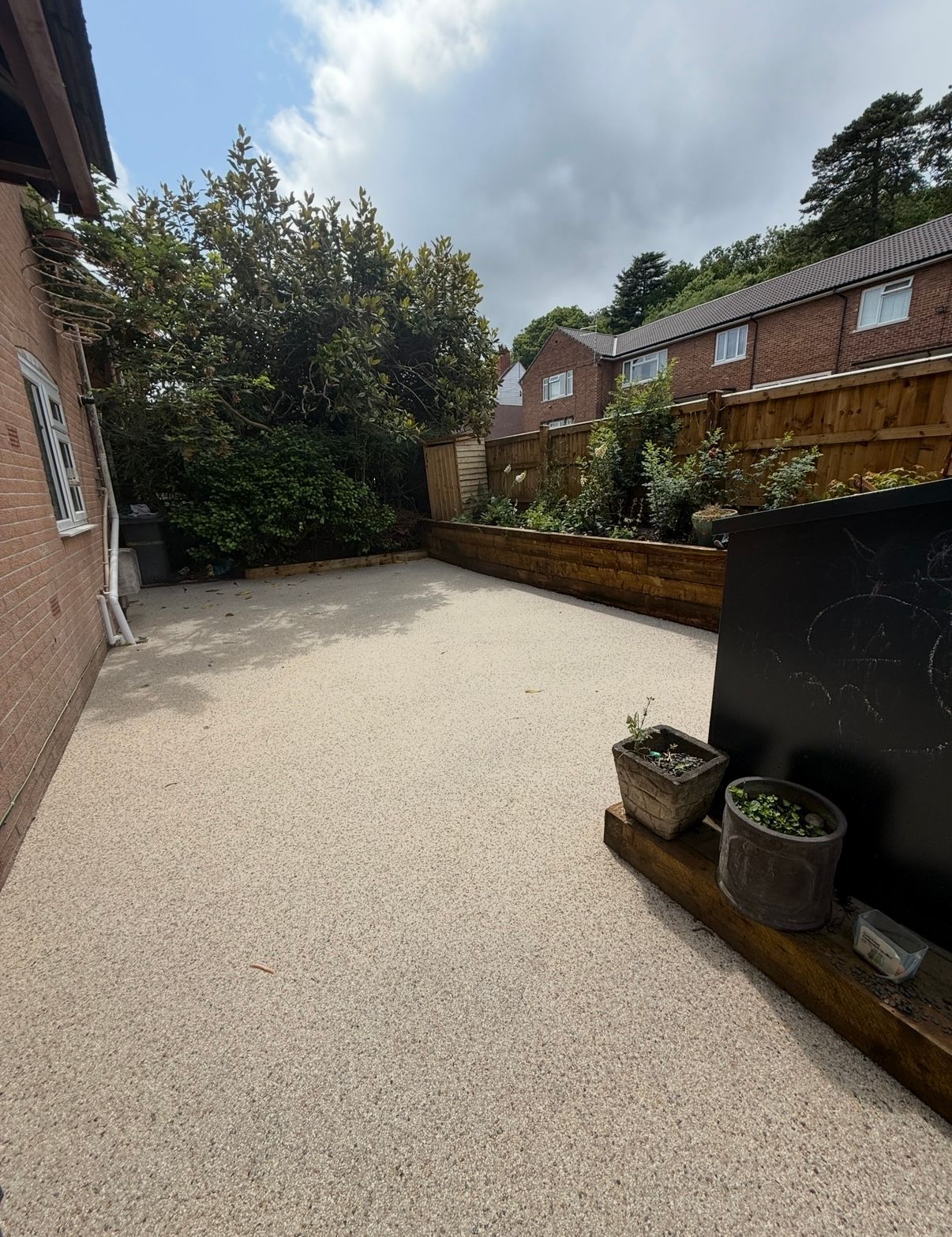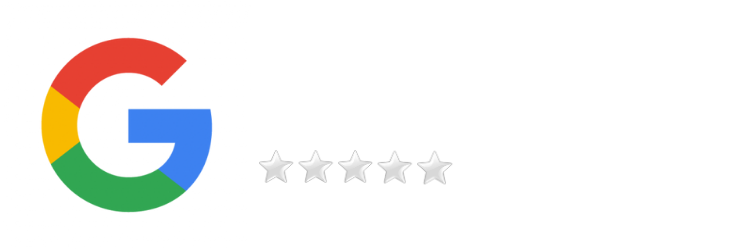The Chemistry Behind Durable Driveways: How Resin Binding Creates Lasting Surfaces
The science behind adequate cycling infrastructure involves sophisticated material engineering. The resin binding process creates surfaces with unique performance characteristics that significantly outperform traditional materials. These technical advantages translate directly into practical benefits for cyclists, maintenance teams, and city planners seeking long-term infrastructure solutions.
Material Composition Matters
The choice between
polyurethane resin and
epoxy resin systems depends on specific project requirements, with each offering distinct advantages. Polyurethane systems typically provide greater flexibility and UV resistance, making them ideal for outdoor cycling applications.
The resin aggregate mix can be customised to optimise traction, appearance, and permeability according to the specific requirements of each installation location.
Installation Innovation
Modern
cold pour application techniques eliminate many limitations associated with hot-applied materials. This installation method enables a more precise application and improved
stone bonding, resulting in a more consistent surface quality. The controlled
curing time ensures optimal strength development without the extended closure periods required for traditional materials.
Practical Performance Features
The
anti-skid properties of correctly specified resin systems significantly enhance cycling safety, particularly in challenging conditions such as curves and inclines. The integrated
drainage system capabilities prevent water accumulation that creates hazards and accelerates surface deterioration. These performance characteristics remain consistent throughout the material’s service life, unlike traditional surfaces that lose their safety features as they age.
Technical advancements in resin surfacing continue to expand the possibilities for cycling infrastructure. Communities that embrace these innovative materials create safer, more durable cycling networks that better serve both recreational and commuter cyclists. The science behind resin surfaces represents a significant step forward in addressing the unique requirements of modern active transportation networks.
View our YouTube video on the subject below:




